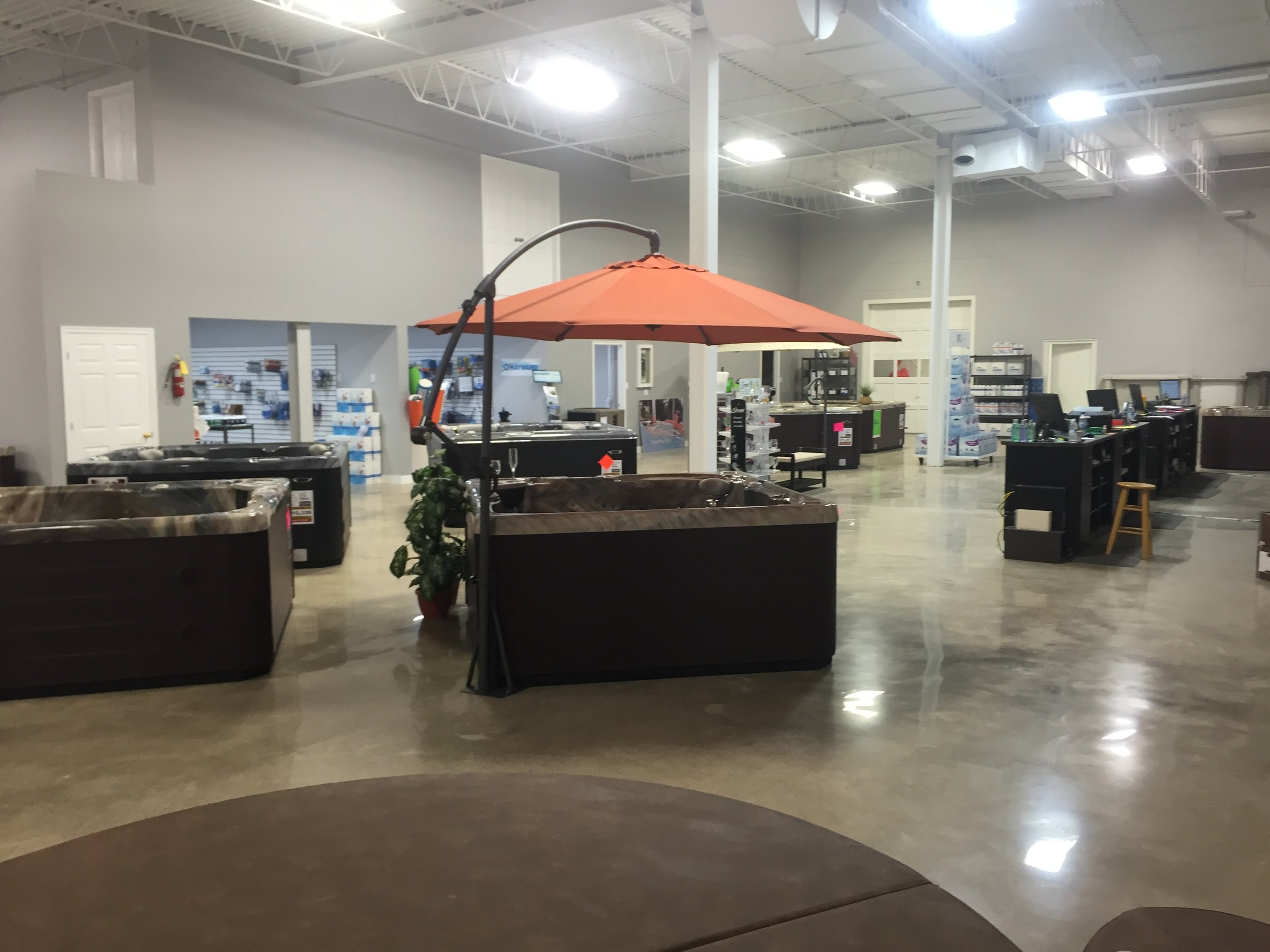A lot of people when they think of polished concrete they picture a grey slab that is shiny. But is that all that polished concrete can be? Absolutely not! There are many different design options to customize polished concrete. Let us have a look at them.
First off let's look at aggregate exposure. If you aren't familiar with what aggregate is, it is rock that is generally used in concrete as a filler. It can provide a beautiful decorative accent to polished floors. There are three main types of exposure "Class A'' or "Cream Finish" This means that little to no aggregate is showing. "Class B" or "Salt & Pepper" this means that there is medium sized pieces of aggregate exposed giving a nice granite like look. "Class C" or "Full Aggregate Exposure" this means that the floor has been ground down to the point where large pieces of aggregate are exposed in an even manner.
Source: American Society Of Concrete Contractors (ASCC)
Dye/Colouring. Another way to customize is by dying the concrete the colour of your choice. This can include dying the floor one single colour, or dying it in a pattern or even adding a logo in colour.
Chart Of Amerpolish Dye. Other colours available upon request.
Architectural Joint Cuts. Joint cuts can be added as a decorative options. For Example they can be cut to separate different dye colours or to add a tile like look.
Example of an Architectural Joint Cut. At Outdoors store in Dieppe , New Brunswick.
So whether you are located in New Brunswick, Nova Scotia or PEI give us a call at 506-962-2522 to get a quote on a customized polished concrete slab. Or you can click "Get A Quote" at the top right hand corner of your screen.
Author : Wes Hoover
Sources: ASCC, Ameripolish







